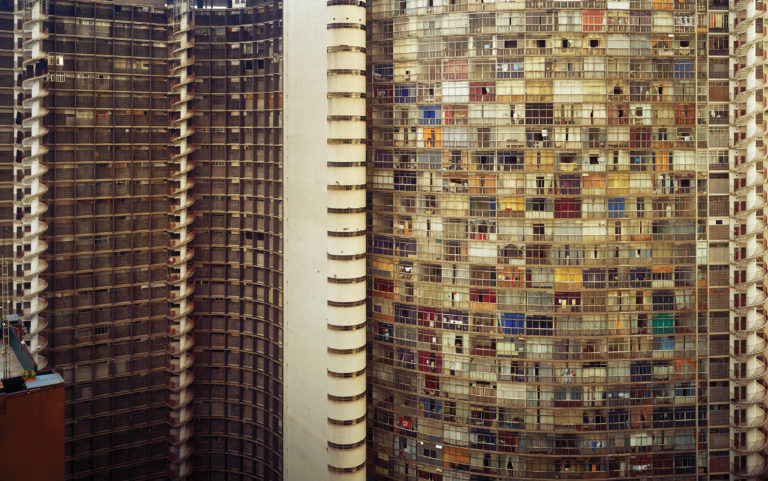OURSELVES
 Barcelona – Spain, 2014
Barcelona – Spain, 2014 Buenos Aires – Argentina, 2016
Buenos Aires – Argentina, 2016 Buenos Aires – Argentina, 2016
Buenos Aires – Argentina, 2016 New York – USA, 2013
New York – USA, 2013 Hong Kong – China, 2016
Hong Kong – China, 2016 Hong Kong – China, 2016
Hong Kong – China, 2016 Lisbon – Portugal, 2014
Lisbon – Portugal, 2014 London – UK, 2012
London – UK, 2012 Los Angeles – USA , 2103
Los Angeles – USA , 2103 Maccao – China, 2016
Maccao – China, 2016 Maccao – China, 2016
Maccao – China, 2016 Madrid – Spain, 2015
Madrid – Spain, 2015 Madrid – Spain, 2015
Madrid – Spain, 2015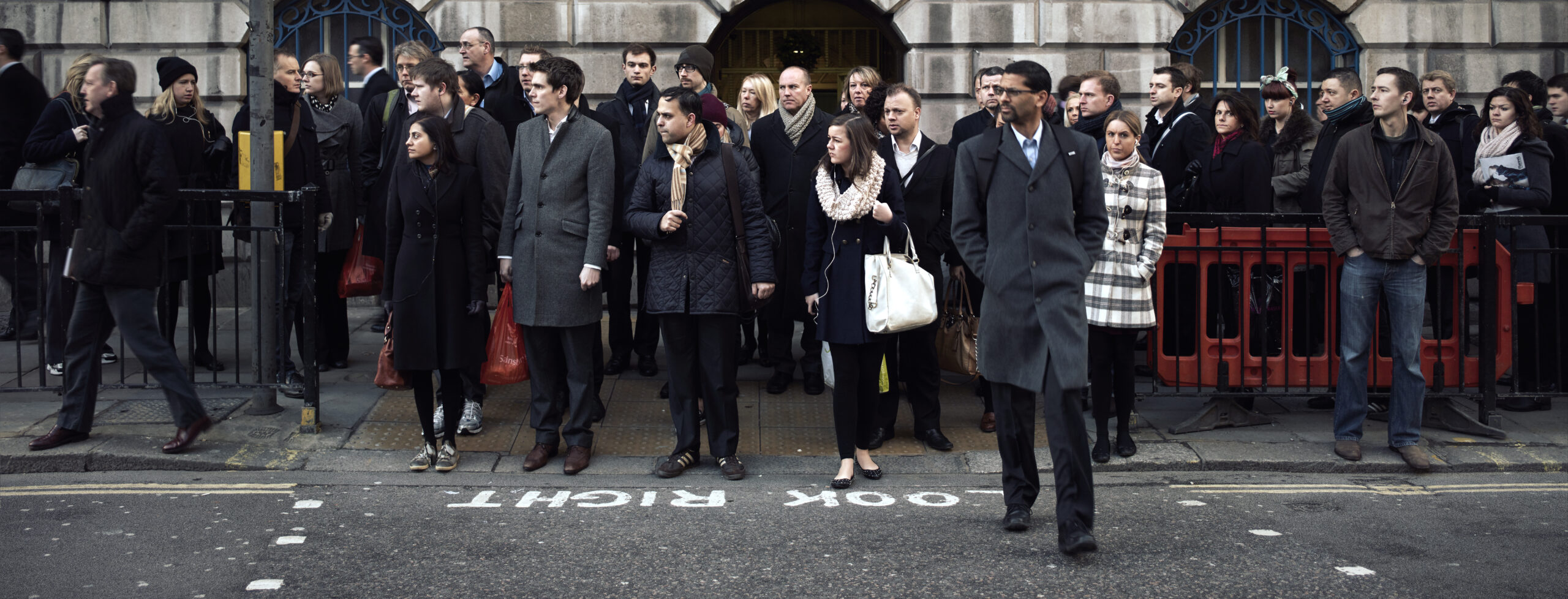 London – UK, 2010
London – UK, 2010 Marrakesh – Morocco, 2014
Marrakesh – Morocco, 2014 Mexico City – Mexico, 2015
Mexico City – Mexico, 2015 Miami – USA, 2013
Miami – USA, 2013 Milan – Italy, 2016
Milan – Italy, 2016 Milan – Italy, 2016
Milan – Italy, 2016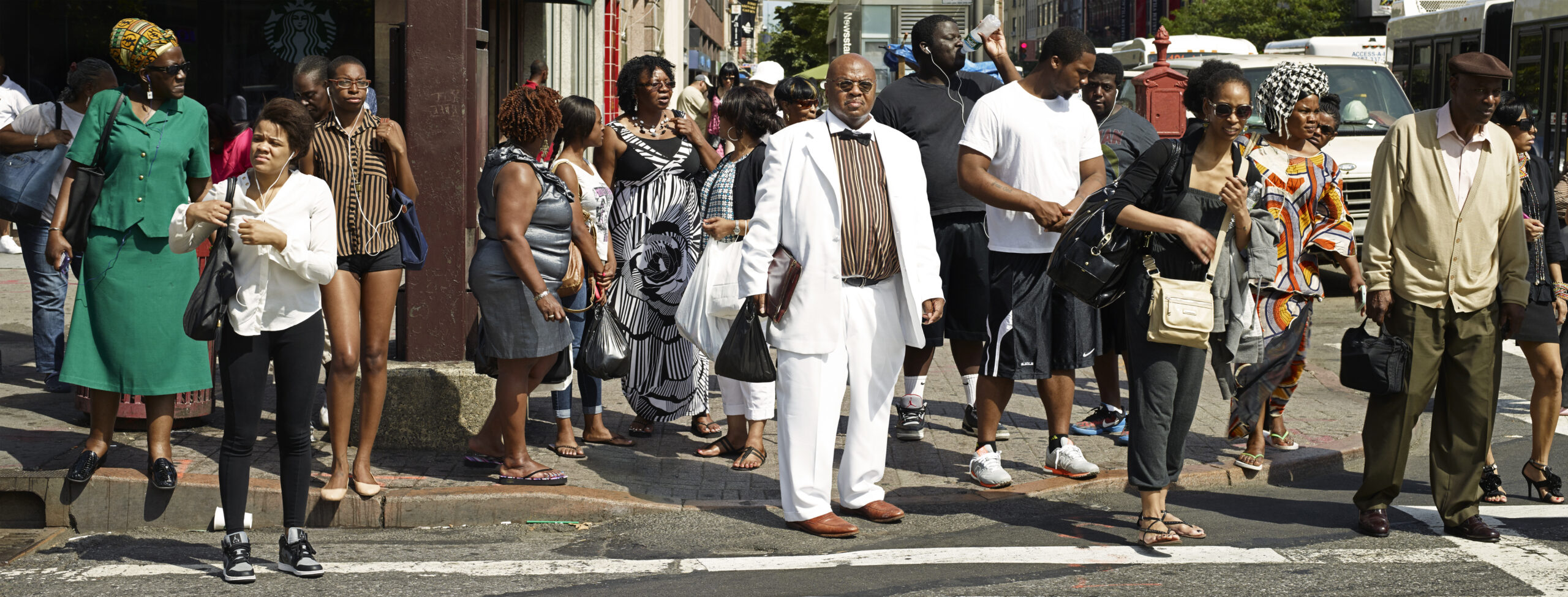 New York – USA, 2013
New York – USA, 2013 New York – USA, 2013
New York – USA, 2013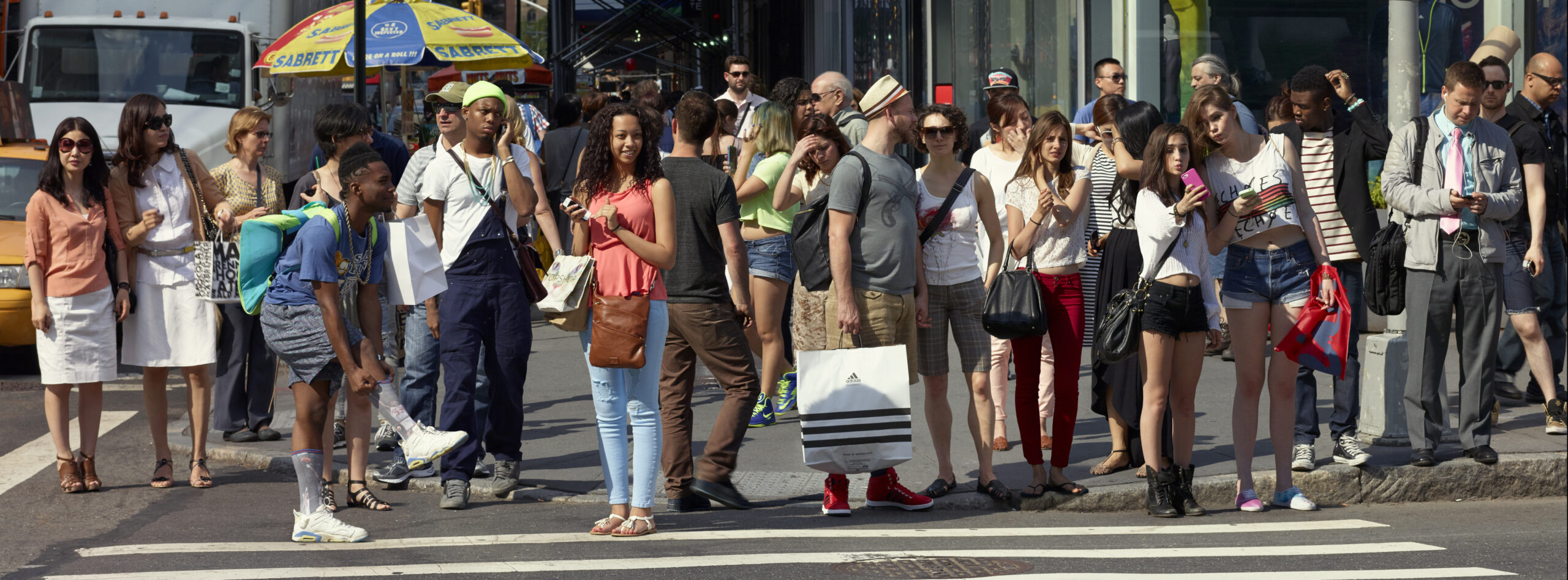 New York – USA, 2013
New York – USA, 2013 Paris – France, 2014
Paris – France, 2014 Paris – France, 2014
Paris – France, 2014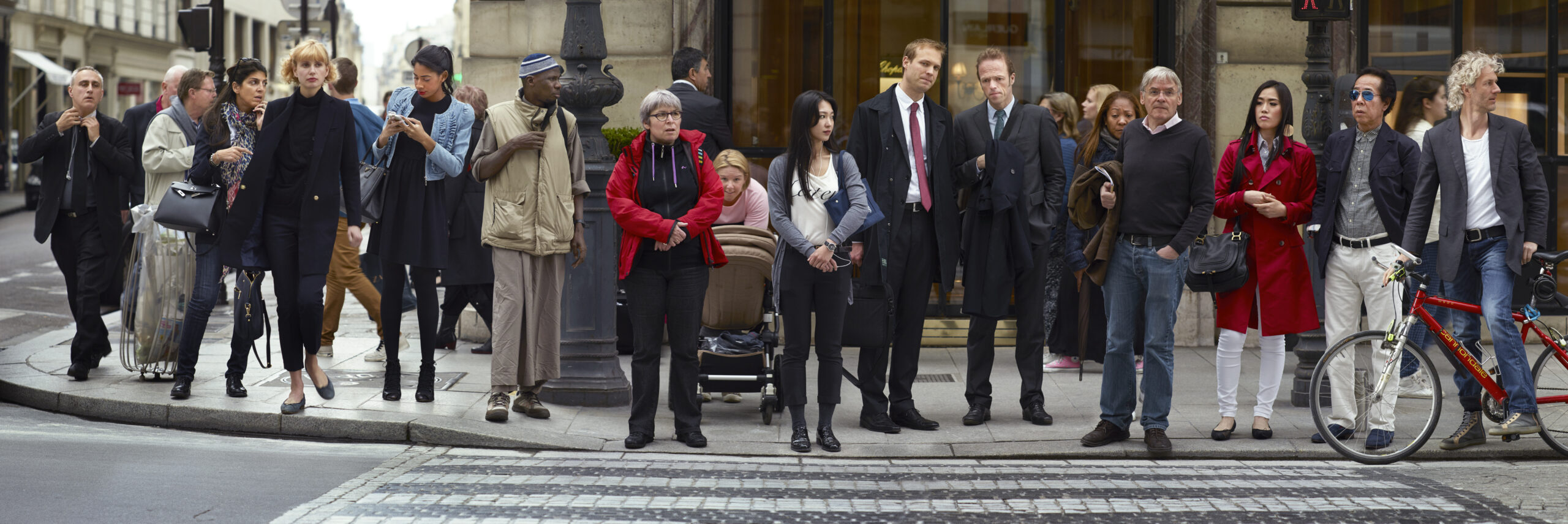 Paris – France, 2014
Paris – France, 2014 Santiago – Chile, 2014
Santiago – Chile, 2014 Mexico City – Mexico, 2015
Mexico City – Mexico, 2015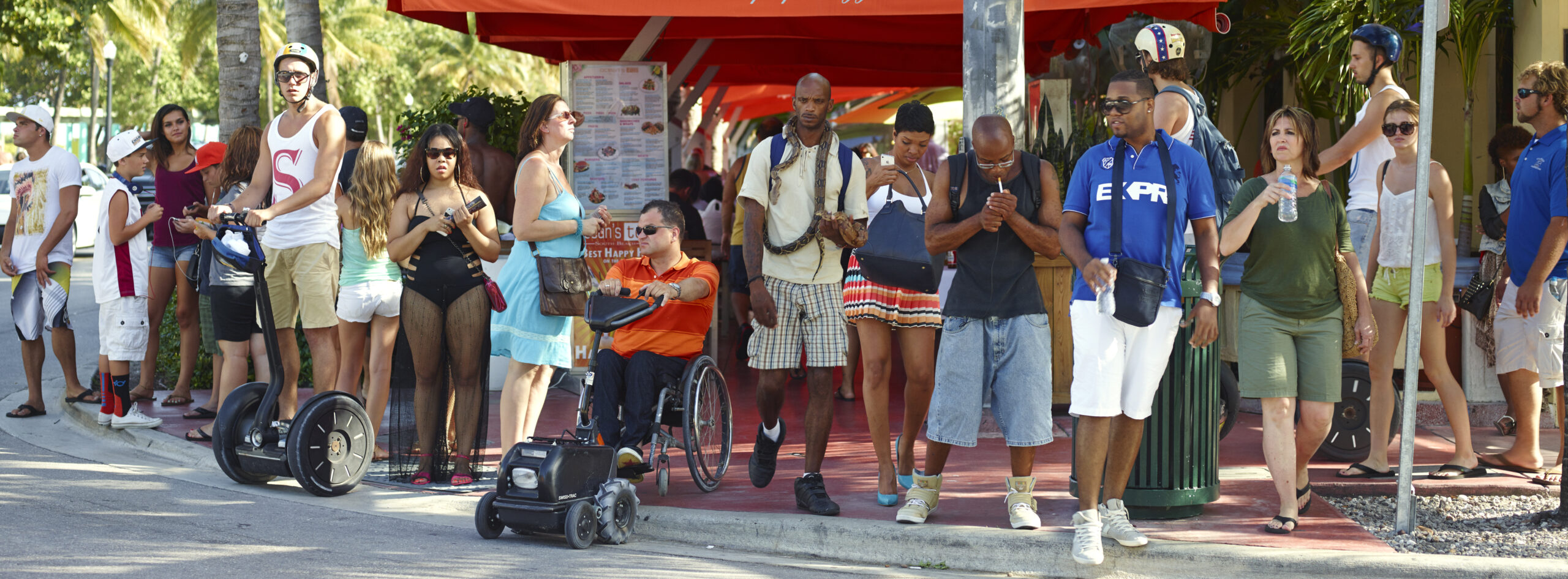 Miami – USA, 2013
Miami – USA, 2013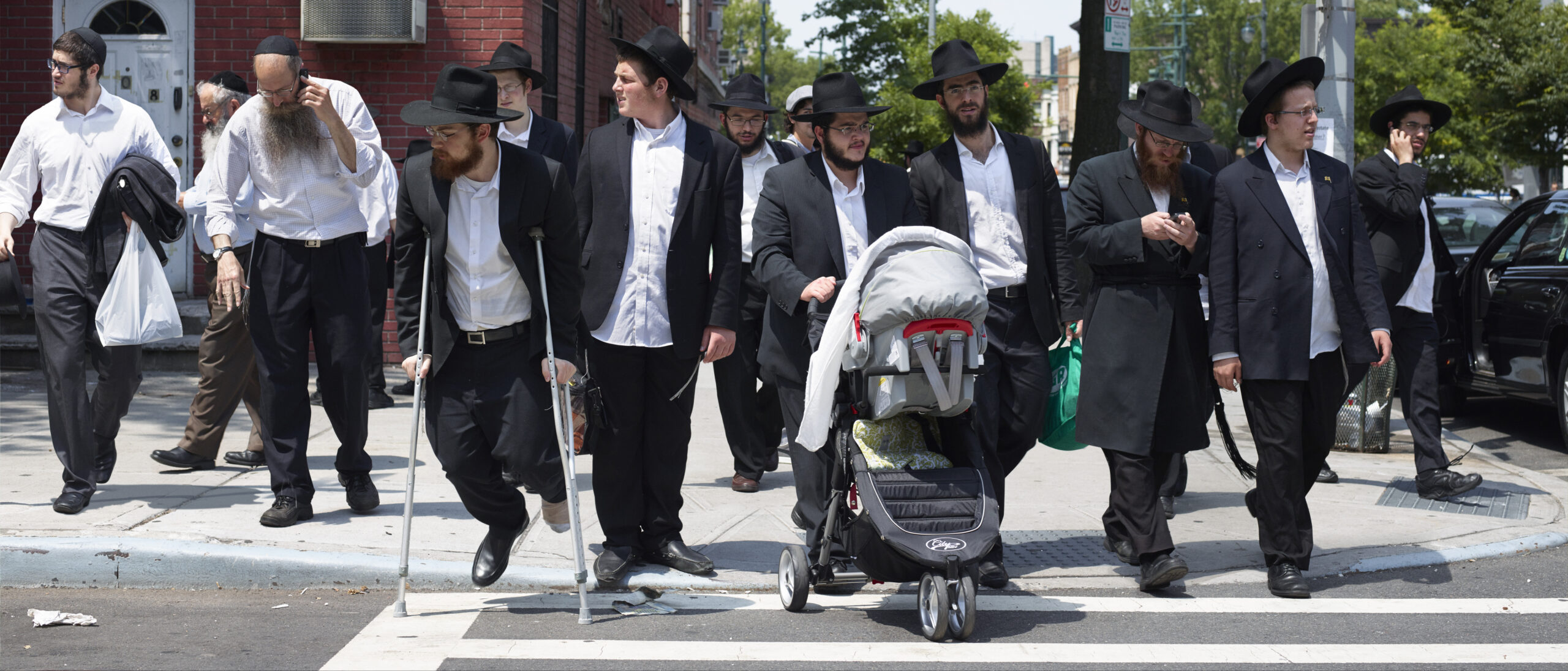 New York – USA, 2013
New York – USA, 2013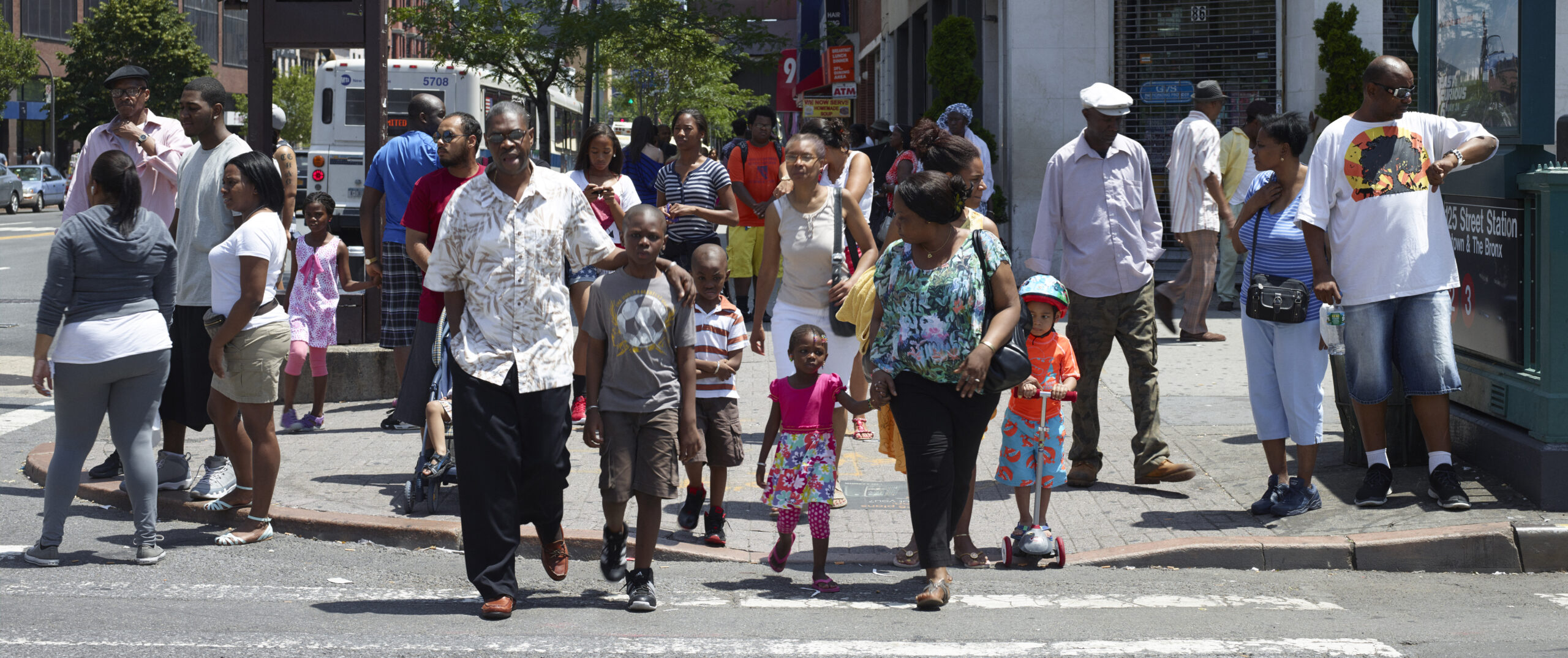 New York – USA, 2013
New York – USA, 2013 Paris – France, 2014
Paris – France, 2014
Ourselves
The idea for this project took place in 2012, during a day trip to Coney Island, on the outskirts of New York. On my way back to Manhattan, I noticed, attentively, strangers who were waiting to cross the street under the blistering sun of a New York summer day. Their collective posture - that of mere pedestrians waiting for the green light - made them look very similar, yet, their clothes and tattoos, their anatomy, skin colour and attitude (introspective or euphoric expressions) distinguished them apart. I photographed them with my small-format Leica and kept these photos as simple mementos of a traveller. Later on, when looking over them on my computer, an urge took over me to photograph and organise scenes like that in different places around the world, highlighting one of the most striking paradoxes of the human being, so evident in that first registered moment: that of being alike yet different, the desire to be part of a group and at the same time, the need to stand out.
This ambition of mine, to create representative panels of diverse human identities, drew me to many countries and cultures. A year later, I returned to Coney Island, this time well-equipped with a medium-format camera, whose performance in capturing images in high definition is its main characteristic – I suppose and wish that this aspect will allow the spectator to roam its eyes over the enlarged images and identify details that even the photographer failed to see when releasing the shutter. I also decided to photograph more particular groups, such as the orthodox Jews of Crown Heights, the African-Americans of Harlem, as well as suited up executives on their way to work in London, on a typical English winter morning. What’s more, most of the scenes shown here derive from my fortuitous search for places where the influx of people seemed adequate to my objective. However, as I placed the camera at a zebra crossing and pointed it at pedestrians, I faced a form of instinctive suspicion, but I also witnessed: the rapid transformations of urban habits, the multiple fashion motifs and the ethnic plurality that is becoming ever more prevalent in contemporary life. This is all framed by fragments of the major metropolises and by the climatic conditions of each location, which determined the passers-by’s clothing choices and mood.
The process of creation of these photos followed some strict principles: the takes were exclusively carried out at zebra crossings or security passages, and the people were present in reality at the locales where they are shown, even though some of them were not photographed side by side, as shown in the final copy. I produced some montages in order to emphasise the very presumptions that made me cultivate this idea. As rational as a project like this may seem, the unexpected will always pervade when dealing with the photographic moment. During the years that I dedicated myself to this project, I quickly came to realize that even with a tripod in hands and a precise plan in mind, not much can be controlled when you have a camera in the middle of the streets. The streets are alive and this liveliness is imposed upon us.
Bob Wolfenson
ANTI-FAÇADE AND GOLDEN BINDING
